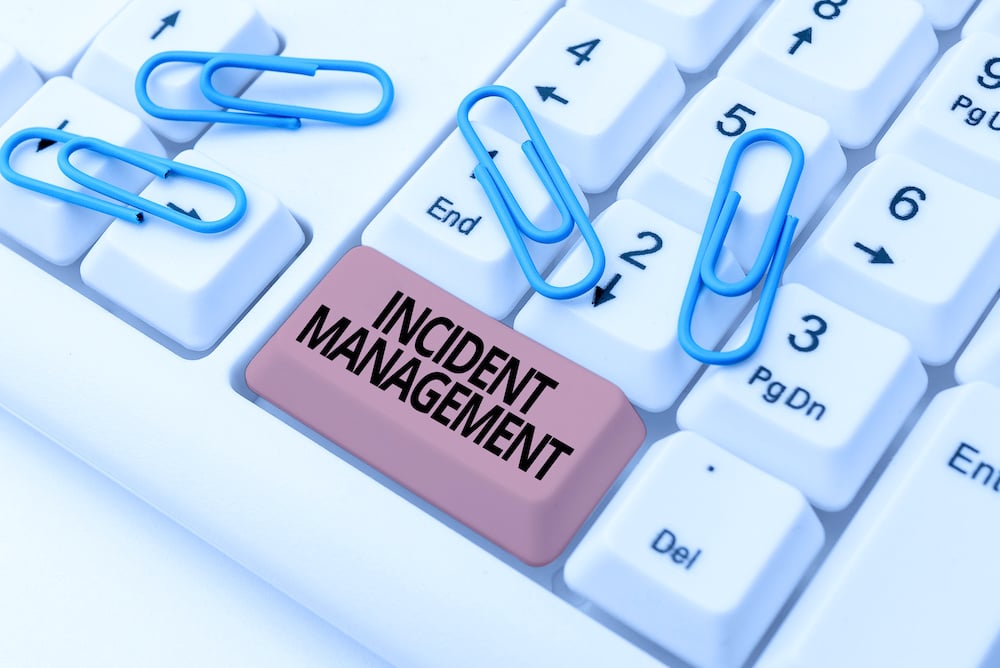

Employing SIEM in the Network Security Fight
SIEM systems are becoming effective tools in combating security threats. Here’s how these tools are helping organizations of all sizes.


A firewall, an intrusion prevention system (IPS), and endpoint protection software are security weapons that almost all organizations have in their armory to defend themselves against cybercriminals. But when it comes to bringing out the big guns to help protect the network and the corporate data assets stored on it, an increasing number of organizations of all sizes are turning to Security Incident and Event Management (SIEM) systems.
That’s because SIEM systems offer functionality that goes beyond more traditional security devices. According to Gartner, a SIEM system’s key roles are to:
In the near term to medium term, the extra functionality which is most likely to become commonly available is automated security response capabilities. Today automated responses to detected threats are comparatively rare because of worries about the disruption that could be caused in a production environment if a false positive is triggered. For that reason automated responses tend only to be used by organizations that want to adopt the very highest security posture. But in future it is likely that automated responses may become the norm when faced with sophisticated attacks from cybercriminals using automated attack tools.
Artificial intelligence (AI) and machine learning capabilities are also likely to become increasingly important features of SIEM systems in the future, as they may enable automated responses far more quickly, appropriately, and with less risk of unexpected disruption.
Also read: Managing Security Across MultiCloud Environments
Two important subsets of SIEM are security event management (SEM) and security information management (SIM). In general, SEM is concerned with real-time monitoring of logs and the correlation of events, while SIM involves data retention and the later analysis and reporting on log data and security records. This is often carried out as part of a forensic analysis to establish how a security breach occurred, which systems and data may have been compromised, and what changes need to be made to prevent a similar breach. Most modern SIEMs can be used to carry out both SEM and SIM.
In the past, SIEM systems were only used by very large enterprises, but over the past few years they have become accessible to medium-sized organizations as well, according to Oliver Rochford, a cybersecurity expert and former research director at Gartner. He says one problem with SIEM systems is that in order to operate them, organizations need one or two people to oversee them 24 /7. In most cases only large organizations have the security resources available to do this themselves, but a solution for medium sized companies is to use a managed service, or to oversee the SIEM system during office hours and rely on a managed service to provide “out of hours” cover.
Another reason that the appeal of SIEMs has broadened is that previously the main driver for adoption was compliance — an issue which is more likely to affect larger companies. While compliance is still an important factor, a bigger driver now is threat management, (and specifically threat detection and response). Many new deployments are undertaken by organizations with limited security resources but requirements to improve monitoring and breach detection, often at the insistence of larger customers or business partners, according to Gartner.
“Look at ransomware – that’s a threat that mid-sized companies are very interested in detecting,” says Rochford. “Ransomware is typically very compact and then it connects to a C&C (command and control) center. So you may be able to detect a phishing email that delivers it, or its communication, or indicators of a compromise like new processes starting. A SIEM will allow you to centralize and review this information and maybe detect the ransomware.”
By the end of last year, the SIEM market was worth some $3.58 billion, up from $3.55 billion in 2019 according to Gartner. This is very similar to the value of the global network security firewall market, which was worth some $3.48 billion in 2020, according to Allied Market Research.
Also read: Combating the Rise of Ransomware-as-a-service (RaaS)
So what exactly can a SIEM system do to help organizations gain the upper hand against cybercriminals? Here are some of the most important ways that a SIEM system can help:


Paul Rubens is a technology journalist specializing in enterprise networking, security, storage, and virtualization. He has worked for international publications including The Financial Times, BBC, and The Economist, and is now based near Oxford, U.K. When not writing about technology Paul can usually be found playing or restoring pinball machines.

Enterprise Networking Planet aims to educate and assist IT administrators in building strong network infrastructures for their enterprise companies. Enterprise Networking Planet contributors write about relevant and useful topics on the cutting edge of enterprise networking based on years of personal experience in the field.
Property of TechnologyAdvice. © 2025 TechnologyAdvice. All Rights Reserved
Advertiser Disclosure: Some of the products that appear on this site are from companies from which TechnologyAdvice receives compensation. This compensation may impact how and where products appear on this site including, for example, the order in which they appear. TechnologyAdvice does not include all companies or all types of products available in the marketplace.